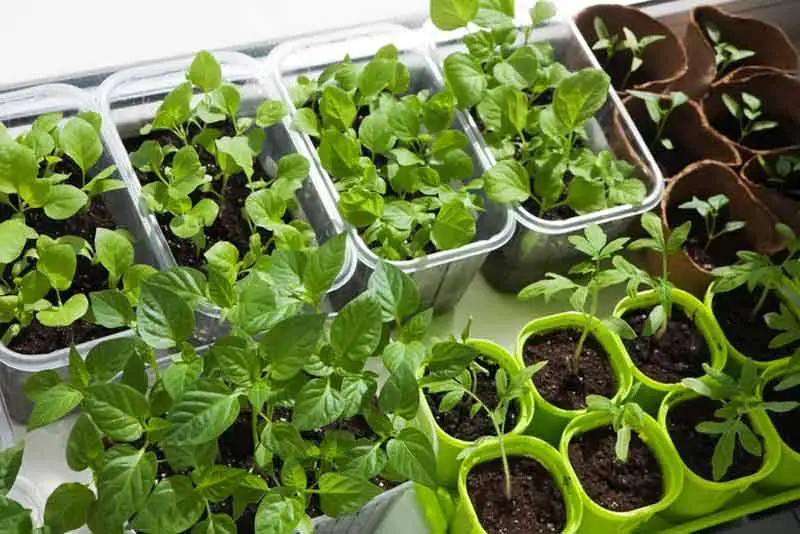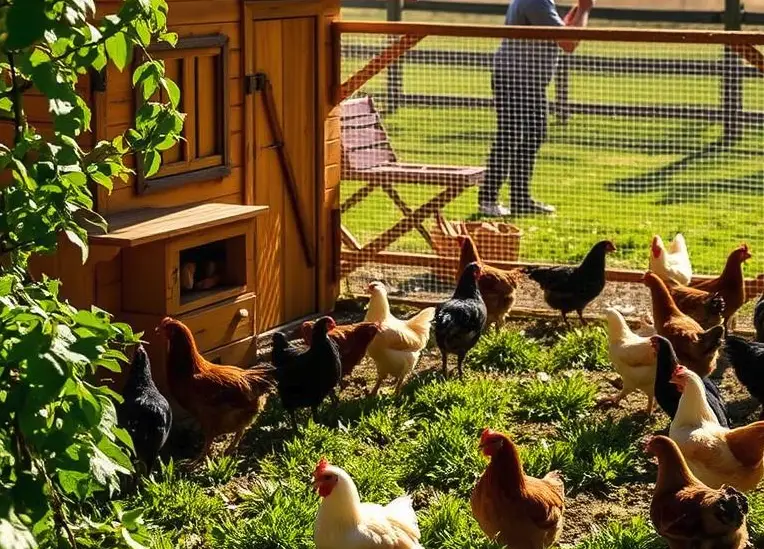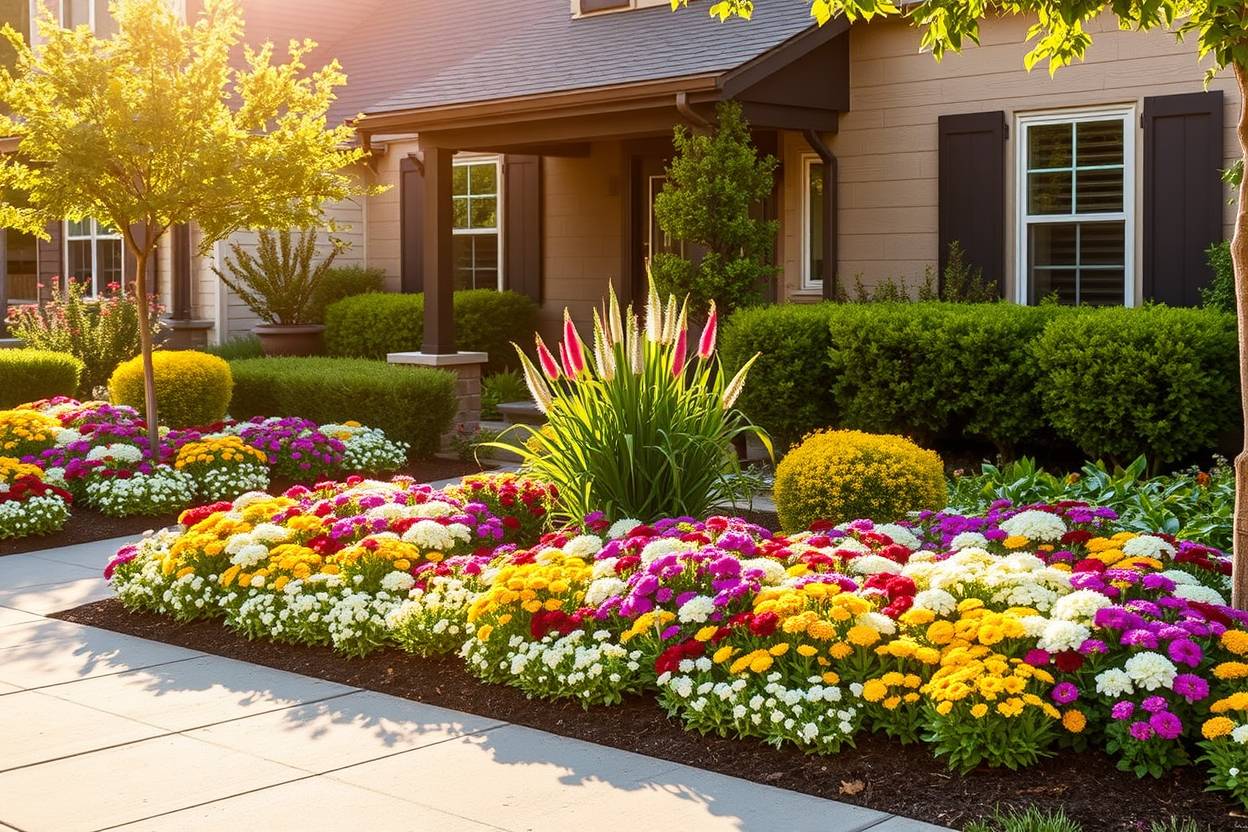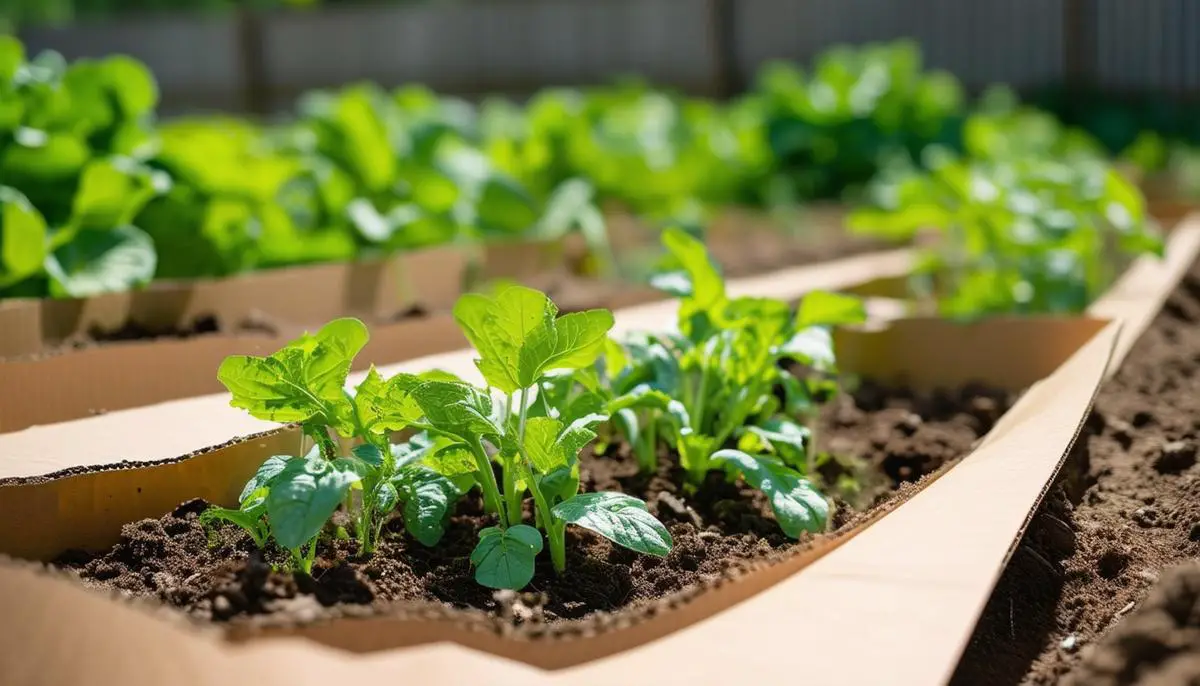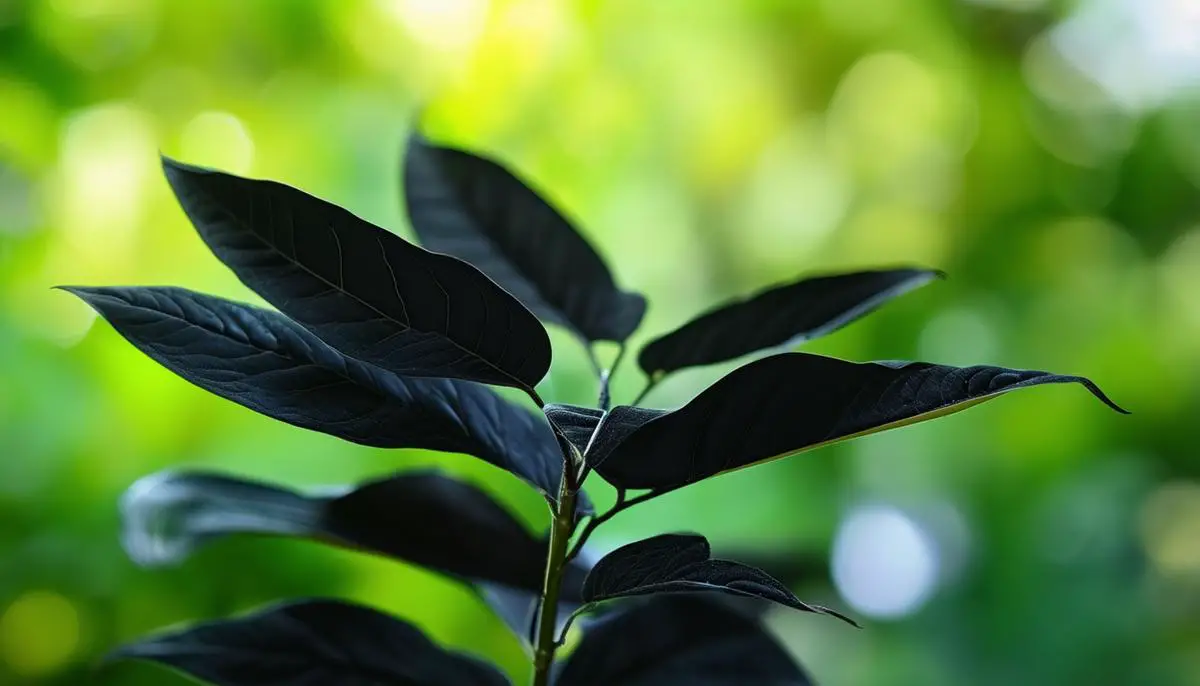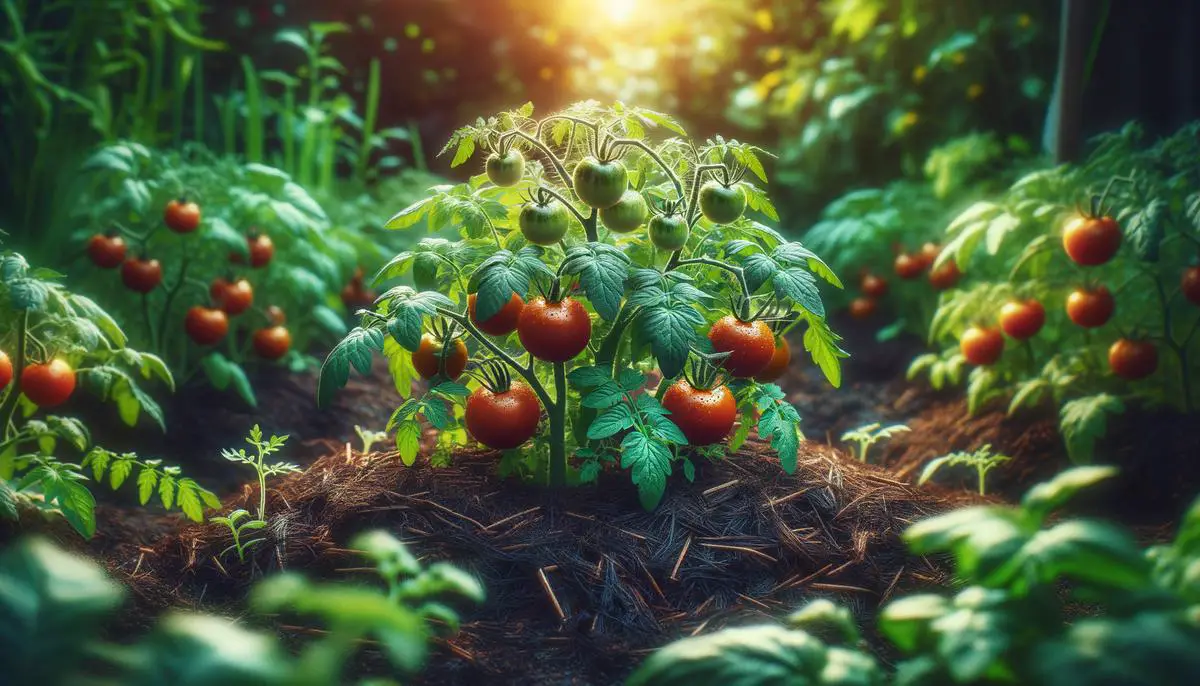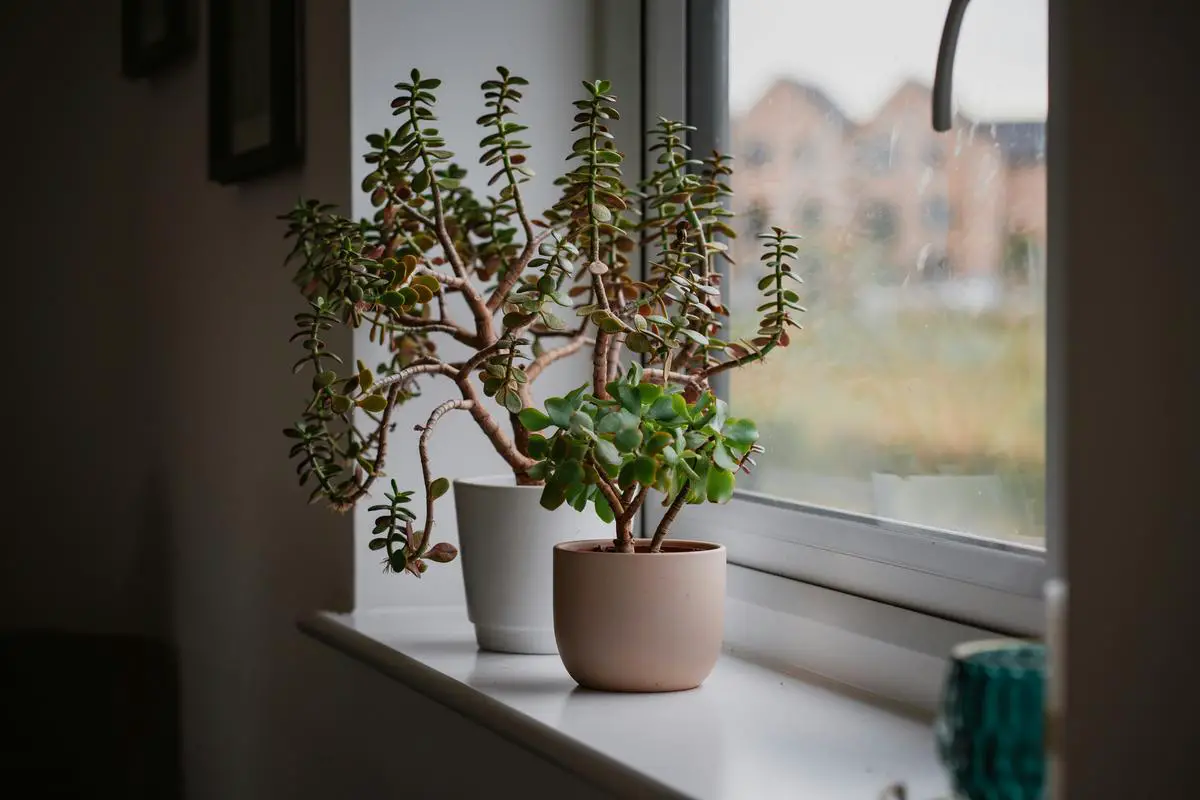8 Easy-to-Grow Mexican Flower Varieties for a Colorful Garden

You might be surprised to know that Mexico is home to a diverse array of beautiful flowers, many of which can thrive in gardens around the world. With their rich cultural significance and stunning colors, these vibrant blooms can add a unique touch to any garden.

As you embark on this colorful journey, you’ll discover 8 easy-to-grow varieties of Mexican flowers that can bring vibrancy and beauty to your outdoor space.
These flowers are not only breathtaking but also relatively simple to care for, making them perfect for gardeners of all skill levels.
The Colorful World of Mexican Flowers
Mexico’s diverse geography has cultivated a rich floral diversity, from the deserts to the rainforests, offering a wide range of beautiful flowers that can thrive in various conditions.
You can bring this vibrant diversity into your garden by choosing the right Mexican flowers.

The Rich Floral Heritage of Mexico
Mexico’s rich floral heritage is a result of its unique geography and cultural history. The country’s diverse landscapes, ranging from deserts to tropical rainforests, have given rise to a multitude of flowering plants.
Many of these flowers have become integral to Mexican culture, featuring in traditional celebrations and daily life.
The variety of Mexican flowers is staggering, with many species that are not only beautiful but also resilient and easy to grow. This diversity allows gardeners to choose flowers that suit their local climate and soil conditions.
Why Mexican Flowers Thrive in American Gardens
Mexican flowers can thrive in American gardens due to the similarities in climate and soil conditions between parts of Mexico and the United States.
Many Mexican flowers are adapted to warm, sunny conditions and well-drained soil, making them ideal for gardens in regions with similar climates.
Additionally, many Mexican flowers are drought-tolerant, making them perfect for water-conscious gardening.
By choosing the right Mexican flowers, you can create a vibrant and thriving garden that reflects the beauty of Mexico’s floral heritage.
Understanding the Climate Requirements for Mexican Flowers
Growing Mexican flowers requires a deep understanding of their climate requirements. To ensure they thrive, you need to be aware of the specific conditions they need to grow.
USDA Hardiness Zones for Mexican Native Plants
Mexican native plants typically flourish in USDA Hardiness Zones 8-11. These zones provide the warm temperatures and adequate sunlight that Mexican flowers need.
If you live in a cooler zone, you can still grow Mexican flowers in containers and move them indoors during the winter or use a greenhouse.

Creating Microclimate Conditions for Optimal Growth
Creating a microclimate that mimics the natural conditions of Mexican flowers can significantly enhance their growth. You can achieve this by selecting a location that receives full sun to partial shade, depending on the plant’s requirements.
Additionally, using mulch or other soil coverings can help retain moisture and regulate soil temperature.
By understanding and replicating the natural climate conditions of Mexican flowers, you can enjoy a vibrant and thriving garden.
8 Popular Mexican Flowers for Your Garden
You can easily bring a piece of Mexico to your garden by planting some of its most popular and easy-to-grow flowers. Mexican flowers are known for their vibrant colors and rich cultural heritage, making them a great addition to any garden.

When selecting Mexican flowers for your garden, there are several factors to consider to ensure you choose varieties that thrive in your local climate and meet your maintenance expectations.
Selection Criteria for Easy-to-Grow Varieties
To choose the best Mexican flowers for your garden, consider the following selection criteria:
- Climate Tolerance: Look for flowers that can tolerate your local climate conditions, including temperature fluctuations and precipitation levels.
- Maintenance Requirements: Some Mexican flowers require more maintenance than others. Choose varieties that fit your gardening schedule and skill level.
- Beauty and Aesthetics: Consider the color, shape, and size of the flowers, as well as their blooming periods to ensure they complement your garden’s overall aesthetic.
- Disease Resistance: Opt for flowers with natural resistance to common diseases to minimize the need for pesticides and other chemicals.
- Growth Habits: Understand the mature size of the plants and their growth habits to ensure they have enough space to thrive.
By considering these factors, you can select Mexican flowers that not only add beauty to your garden but also thrive with minimal care.
01. Dahlia: Mexico’s National Flower
The Dahlia, a flower deeply rooted in Mexican culture, is a must-have for garden enthusiasts. Its beauty and rich history make it a standout in any garden.

History and Cultural Significance
Dahlias have been an integral part of Mexican heritage for centuries. They were declared Mexico’s national flower in 1963, symbolizing the country’s elegance and resilience.
The flower’s name is derived from the Swedish botanist Anders Dahl. In Mexican culture, Dahlias are often associated with the celebration of the Day of the Dead and are used in various festivities and decorations.
Popular Dahlia Varieties for Home Gardens
There are numerous Dahlia varieties, each with its unique charm. For home gardens, the following are particularly popular:
Dinner Plate Dahlias
Dinner Plate Dahlias are known for their large, showy blooms that can reach up to 12 inches in diameter. They add a dramatic touch to any garden and are perfect for making a statement.
Pompon Dahlias
Pompon Dahlias, on the other hand, are characterized by their small, round, and tightly packed petals. They are ideal for creating a whimsical and colorful garden display.
Basic Dahlia Growing Tips
Growing Dahlias can be a rewarding experience with the right care. Here are some basic tips:
- Plant Dahlia tubers in the spring after the last frost, in well-draining soil and a sunny location.
- Water them regularly, but avoid overwatering, which can lead to rot.
- Stake tall varieties to prevent them from toppling over in the wind.
- Deadhead spent blooms to encourage more flowering.
By following these tips, you can enjoy the beauty of Dahlias in your garden throughout the growing season.
02. Marigold (Cempasúchil): The Iconic Day of the Dead Flower
The vibrant Marigold, known as Cempasúchil in Mexico, is intricately linked with the Day of the Dead, a significant cultural event. This flower is not just a symbol; it’s a bridge between the living and the deceased.

Cultural Importance in Mexican Traditions
In Mexican culture, Marigold is used to decorate altars during the Day of the Dead, believed to guide spirits back to their families. The flower’s strong scent and bright color are thought to lead the way.
Varieties of Mexican Marigolds
There are several varieties of Marigolds, but the most common in Mexico is the Tagetes erecta, known for its bright orange and yellow petals.
Other varieties include Tagetes lucida and Tagetes tenuifolia, each with unique characteristics.
Growing and Maintaining Marigolds
Growing Marigolds is relatively easy, making them a favorite among gardeners. To ensure they thrive, it’s essential to understand their requirements.
Soil and Sunlight Requirements
Marigolds prefer well-drained soil and full sunlight. They can tolerate some shade but will bloom more vibrantly in sunny conditions.
Pest Resistance Benefits
One of the benefits of growing Marigolds is their natural pest resistance. They repel nematodes and other pests, making them an excellent companion plant in gardens.
03. Mexican Sunflower (Tithonia): A Butterfly Magnet
For a pop of color and a magnet for butterflies, the Mexican Sunflower is an excellent choice. This vibrant flower is not only beautiful but also easy to grow, making it perfect for gardeners of all levels.
Distinguishing Features and Benefits
The Mexican Sunflower, or Tithonia, is known for its bright orange and yellow petals, which can grow up to 3 inches in diameter.
It’s a tall plant, often reaching heights of 6 feet or more, making it a striking addition to any garden.
One of its most significant benefits is its ability to attract butterflies and other pollinators, adding life and movement to your garden.

Planting and Growth Requirements
To grow Mexican Sunflowers, you’ll need well-draining soil and full sun. They thrive in USDA Hardiness Zones 2-11, making them suitable for a wide range of climates.
Plant the seeds 1/4 inch deep and 12-18 inches apart after the last frost. Water regularly, but avoid overwatering, which can lead to root rot.
Companion Plants for Mexican Sunflowers
Mexican Sunflowers can be paired with a variety of companion plants to create a beautiful and thriving garden.
Some excellent options include cosmos, marigolds, and zinnias. These plants complement the sunflowers’ bright colors and attract a range of pollinators, creating a vibrant and dynamic garden ecosystem.
04. Bougainvillea: Climbing Beauty from Mexico
Originating from Mexico, Bougainvillea has become a favorite among gardeners worldwide for its beauty and versatility.
This climbing plant is known for its vibrant, papery bracts that surround its delicate white flowers, creating a stunning display of color.

Colorful Varieties and Growth Habits
Bougainvillea comes in a variety of colors, including pink, purple, orange, and white.
Its growth habit is vigorous, with thorny vines that can grow up to 30 feet in ideal conditions. To manage its growth, you can provide support using trellises, arbors, or walls.
The plant thrives in full sun and well-draining soil, making it perfect for warm climates. Its flowering is triggered by dry periods, followed by watering, which encourages new blooms.
Container Growing vs. Garden Planting
Bougainvillea can be grown both in containers and directly in the garden. Container growing allows for better control over soil quality and moisture, and it can be moved to protected areas during harsh weather.
Garden planting, on the other hand, gives the roots more room to spread, potentially leading to more vigorous growth.
Regardless of the method, ensure good drainage and adequate sunlight for optimal performance.
Pruning and Training Techniques
Pruning is essential for maintaining the shape and encouraging blooming of Bougainvillea.
Prune after a flowering cycle, cutting back the tips to encourage branching. Training involves gently twining the stems around the support structure, securing them if necessary.
Regular pruning also helps control the plant’s size and promotes healthier growth by removing dead or damaged wood.
05. Mexican Bush Sage (Salvia leucantha): Purple Elegance
With its graceful, drooping purple flowers, Mexican Bush Sage brings a sophisticated charm to outdoor spaces.
This perennial flower is not only beautiful but also easy to grow, making it a favorite among gardeners.

Characteristics and Ornamental Value
Mexican Bush Sage is known for its velvety, purple flowers that bloom in late summer and fall.
The flowers are arranged on long spikes, adding a dramatic touch to the garden. Its ornamental value lies in its ability to attract pollinators and add a vibrant splash of color to the landscape.
Ideal Growing Conditions
To thrive, Mexican Bush Sage requires full sun and well-draining soil. It’s relatively drought-tolerant, making it suitable for gardens in dry climates.
You can plant it in a location with good air circulation to prevent diseases. In areas with harsh winters, it’s advisable to mulch around the base to protect the roots.
Harvesting and Uses Beyond Ornamental
Beyond its ornamental value, Mexican Bush Sage can be used in floral arrangements.
You can cut the flower spikes and use them fresh or dried in bouquets. The plant is also known to attract butterflies and hummingbirds, adding to its appeal in a wildlife garden.
06. Mexican Petunia (Ruellia): Low-Maintenance Beauty
If you’re looking for a low-maintenance yet vibrant addition to your garden, consider the Mexican Petunia. This flowering plant is not only beautiful but also easy to care for, making it perfect for gardeners of all skill levels.

Native Habitat and Adaptability
Mexican Petunia, or Ruellia, is native to Mexico and parts of the southwestern United States.
It thrives in various conditions, from full sun to partial shade, and can adapt to different soil types. This adaptability makes it an excellent choice for gardens in diverse regions.
- Prefers well-drained soil
- Can thrive in moist or dry conditions
- Tolerates a range of sunlight conditions
Controlling Its Spreading Nature
One of the key considerations when growing Mexican Petunia is its potential to spread. To keep it under control, you can:
- Plant it in containers to limit its spread
- Regularly prune back the stems
- Remove seed pods to prevent self-seeding
Year-Round Care Guide
To keep your Mexican Petunia healthy and thriving, follow these care tips:
- Water regularly during the growing season
- Fertilize lightly in the spring
- Protect from frost in colder climates
By following these guidelines, you can enjoy the beauty of Mexican Petunia in your garden throughout the year.
07. Cosmos: Delicate Mexican Wildflowers
If you’re looking to add a touch of Mexico’s natural beauty to your garden, consider planting Cosmos. These delicate wildflowers are not only a staple of Mexican flora but also bring a burst of color and elegance to any garden setting.

Popular Cosmos Varieties from Mexico
Cosmos come in a variety of colors and forms, making them versatile for different garden designs. Some popular varieties include:
- Cosmos bipinnatus, known for its showy, pink, white, or purple flowers.
- Cosmos sulphureus, which boasts bright yellow and orange blooms.
Starting Cosmos from Seeds
Starting Cosmos from seeds is a straightforward process. To get started:
- Sow seeds directly in the garden in late spring or early summer.
- Choose a location with full sun and well-drained soil.
- Water the soil gently but thoroughly after sowing.
Creating a Wildflower Meadow Look
To create a wildflower meadow look using Cosmos, consider the following tips:
- Plant Cosmos seeds in clusters to mimic their natural growth pattern.
- Combine Cosmos with other wildflowers for a diverse and vibrant display.
- Avoid over-maintaining the area; allow the wildflowers to grow and bloom naturally.
08. Mexican Poppy (Argemone): Desert Survivor
The Mexican Poppy, known for its vibrant blooms, is a hardy and drought-tolerant addition to any garden. This resilient flower thrives in harsh desert conditions, making it an ideal choice for water-conscious gardening.

Unique Features and Drought Tolerance
The Mexican Poppy, or Argemone, is distinguished by its large, showy flowers and its ability to survive with minimal watering.
Its drought tolerance makes it perfect for areas with low rainfall, and its beauty is a bonus for any garden.
- Large, papery petals in shades of white or yellow
- Ability to thrive in poor soil conditions
- Minimal watering requirements
Growing Mexican Poppies in Different Soils
Mexican Poppies are adaptable to various soil types, from sandy to clay soils. However, they prefer well-draining soil to prevent root rot.
To grow Mexican Poppies successfully, ensure the soil is not too dense and has adequate drainage.
- Choose a location with full sun
- Plant seeds in well-draining soil
- Water sparingly until established
Managing Self-Seeding Habits
One of the characteristics of the Mexican Poppy is its tendency to self-seed. While this can be beneficial for spreading the plant, it can also lead to unwanted growth in certain areas.
To manage this, remove seed pods regularly or trim back the plants after blooming.
By understanding and managing the self-seeding habits of the Mexican Poppy, you can enjoy its beauty without it becoming invasive.
Seasonal Care Guide for Mexican Flowers
Caring for Mexican flowers requires attention to the changing seasons to ensure they thrive year-round.
As the seasons change, so do the needs of your plants, requiring adjustments in care to maintain their beauty and health.
Spring Preparation and Planting
Spring is a critical time for preparing your Mexican flowers for the growing season. Start by cleaning up around your plants, removing any dead foliage or debris that accumulated over winter.
For plants like dahlias and tuberous begonias, it’s time to divide and replant tubers. Use a well-draining potting mix and a container that’s large enough to accommodate the tuber. Water gently but thoroughly after planting.
Summer Maintenance and Watering
During the summer, Mexican flowers generally require more water, especially during hot, dry spells.
However, it’s crucial to avoid overwatering, which can lead to root rot and other problems.
Check the soil moisture by inserting a finger into the soil up to the knuckle; if the soil feels dry, it’s time to water. Mulching around plants can help retain moisture and suppress weeds.
For plants like marigolds and zinnias, deadheading spent blooms will encourage more flowering.

Fall and Winter Protection Strategies
As fall approaches, begin preparing your Mexican flowers for the colder months. For tender perennials like bougainvillea, bring plants under cover or mulch heavily to protect from frost.
In regions where freezing temperatures are common, dig up tubers and rhizomes, and store them in a cool, dry place until spring. For plants that remain outdoors, apply a layer of organic mulch to insulate the roots and retain soil moisture.
In winter, reduce watering to once a month, as most Mexican flowers are dormant and require less moisture.
By following this seasonal care guide, you can enjoy your Mexican flowers throughout the year, ensuring they remain healthy and vibrant.
Common Pests and Diseases of Mexican Flowers
To keep your Mexican flowers thriving, it’s essential to be aware of the common pests and diseases that can affect them.
Mexican flowers, with their vibrant colors and diverse varieties, can be susceptible to various issues if not properly cared for.
Identifying Common Issues
Some common pests that can harm Mexican flowers include aphids, whiteflies, and spider mites.
These pests can cause damage by feeding on the plants’ sap, leaves, or flowers. Regularly inspecting your plants is crucial to identifying these issues early on.
- Aphids: Small, soft-bodied insects that can be found on stems and leaves.
- Whiteflies: Tiny, winged insects that feed on plant sap.
- Spider mites: Tiny, spider-like insects that cause yellowing or bronzing of leaves.
Natural and Organic Treatment Methods
When dealing with pests and diseases, it’s beneficial to use natural and organic treatment methods to avoid harming the environment and your plants. Some effective methods include:
- Using neem oil to control aphids and other pests.
- Spraying soapy water to deter whiteflies and spider mites.
- Applying compost tea to boost plant health and resistance.

Preventative Measures for Healthy Plants
Preventing pests and diseases is often more effective than treating them after they occur. To keep your Mexican flowers healthy, ensure:
- Good air circulation around plants.
- Adequate watering and fertilization.
- Regular monitoring for signs of pests or diseases.
By following these guidelines, you can enjoy thriving, healthy Mexican flowers in your garden.
Creating a Mexican-Inspired Garden Design
Transform your outdoor space into a vibrant Mexican-inspired garden with these design tips. You can create a beautiful and culturally significant garden that reflects the rich heritage of Mexico.
Color Combinations and Layout Ideas
When designing a Mexican-inspired garden, consider the country’s vibrant colors and rich textures.
You can incorporate a mix of warm colors like terracotta, turquoise, and yellow to create a lively atmosphere.
- Use terracotta pots and planters to add warmth and depth.
- Incorporate native Mexican plants like marigolds, dahlias, and Mexican sunflowers.
- Create a focal point with a vibrant Mexican-inspired sculpture or water feature.

Incorporating Traditional Mexican Garden Elements
To create an authentic Mexican-inspired garden, incorporate traditional elements like:
- Azulejos or colorful Mexican tiles to add visual interest.
- Handmade pottery and ceramics to reflect Mexican craftsmanship.
- Native plants and flowers that are significant in Mexican culture.
Small Space Mexican Garden Solutions
Even with limited space, you can create a Mexican-inspired garden. Consider:
- Using compact or dwarf varieties of Mexican plants.
- Incorporating vertical gardening techniques.
- Selecting a few statement pieces, like a vibrant tile or a Mexican-inspired sculpture.
Bringing the Spirit of Mexico to Your Garden
You can transform your outdoor space into a vibrant Mexican-inspired garden by incorporating the easy-to-grow flower varieties discussed in this article.
By choosing the right mexican flowers, you can create a beautiful and thriving garden that reflects the rich cultural heritage of Mexico.
To start, select a mix of flowers that thrive in your local climate, such as dahlias, marigolds, and mexican sunflowers.
Consider the color palette and layout of your garden, and don’t be afraid to experiment with different combinations.
You can also incorporate traditional mexican garden elements, like terracotta pots and woven textiles, to add authenticity to your design.
As you begin your gardening journey, remember to enjoy the process and have fun with it.
With the right guidance and a little creativity, you can bring the spirit of mexico to your garden and create a unique outdoor space that showcases your love for gardening and mexican flowers.

